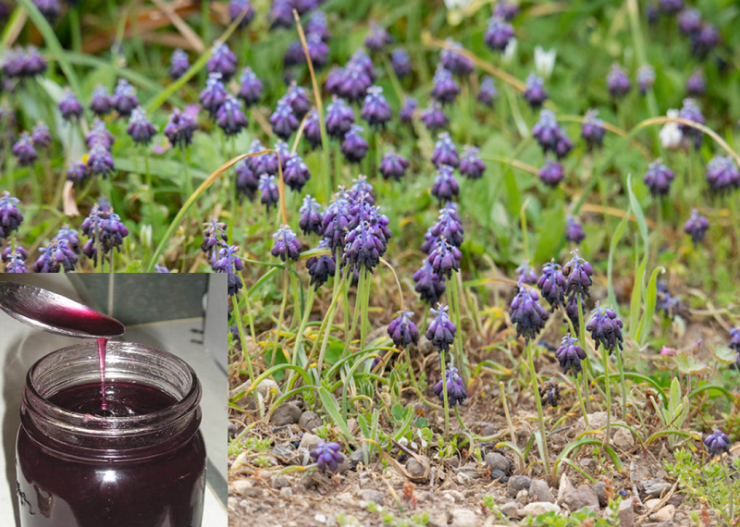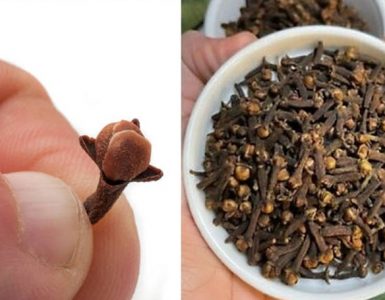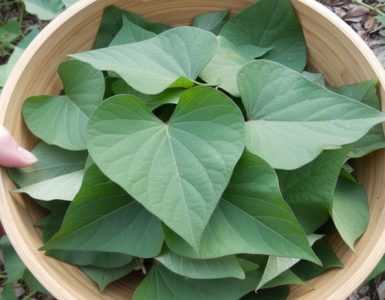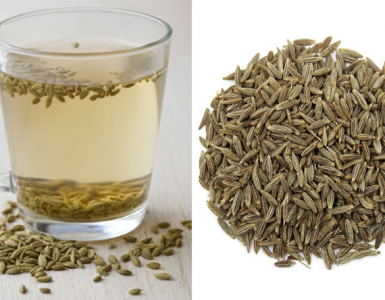Making grape hyacinth juice is a traditional practice rooted in Mediterranean folk medicine, particularly involving Muscari comosum (commonly known as tassel hyacinth), not the more common ornamental Muscari armeniacum. It’s important to understand that not all grape hyacinths are edible, and some can cause digestive upset if used improperly.
Only use Muscari comosum or another edible variety of grape hyacinth.
Do not use ornamental hybrids or chemically treated plants.
Always consult a botanist or foraging expert if you’re unsure of plant identification.
Traditional Grape Hyacinth Juice Recipe (from bulbs)
Ingredients:
20–30 cleaned grape hyacinth bulbs (Muscari comosum)
1 liter of water
Optional: honey or lemon juice for flavor
Instructions:
Harvest and Clean Bulbs
Carefully dig up the bulbs (best in early spring), remove roots and outer skins, and rinse thoroughly.
Boil the Bulbs
Place the cleaned bulbs in a pot with 1 liter of water. Bring to a boil and simmer for 20–30 minutes, until the water darkens and bulbs soften.
Strain the Liquid
Let it cool slightly, then strain the liquid through a fine sieve or cheesecloth into a clean container.
Sweeten (Optional)
Add honey or a few drops of lemon juice to balance the flavor. The natural juice is earthy and slightly bitter, so sweetening is often preferred.
Serve or Store
Drink warm or cold. You can refrigerate for up to 2 days.
Traditional Benefits of Grape Hyacinth Juice
- Digestive support – mild laxative and stimulates bile production
- Kidney cleanser – acts as a light diuretic
- Spring tonic – part of seasonal detox routines in traditional medicine
- Mild anti-inflammatory effects
Though often seen as just a charming spring flower, grape hyacinth — especially Muscari comosum — holds a rich history of traditional healing and natural detox. When prepared properly, its juice can offer gentle support for digestion, the kidneys, and overall wellness.
Whether you’re embracing old-world herbal wisdom or exploring new natural remedies, this little-known elixir is a powerful reminder that healing often grows quietly at our feet. As always, use caution, proper plant identification, and moderation when working with wild plants — and let nature guide your wellness journey.






Add comment